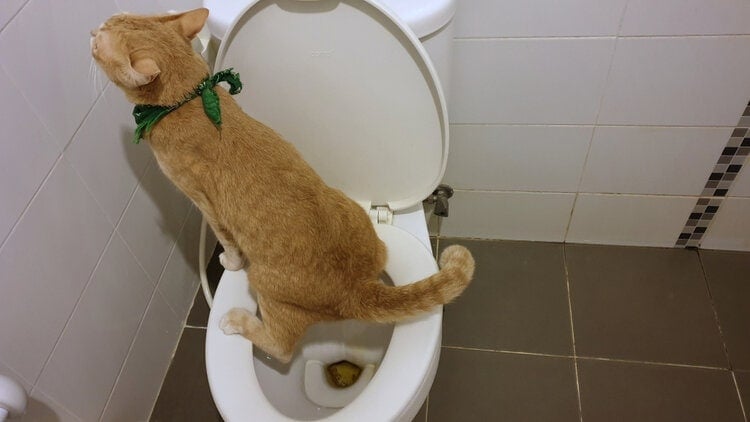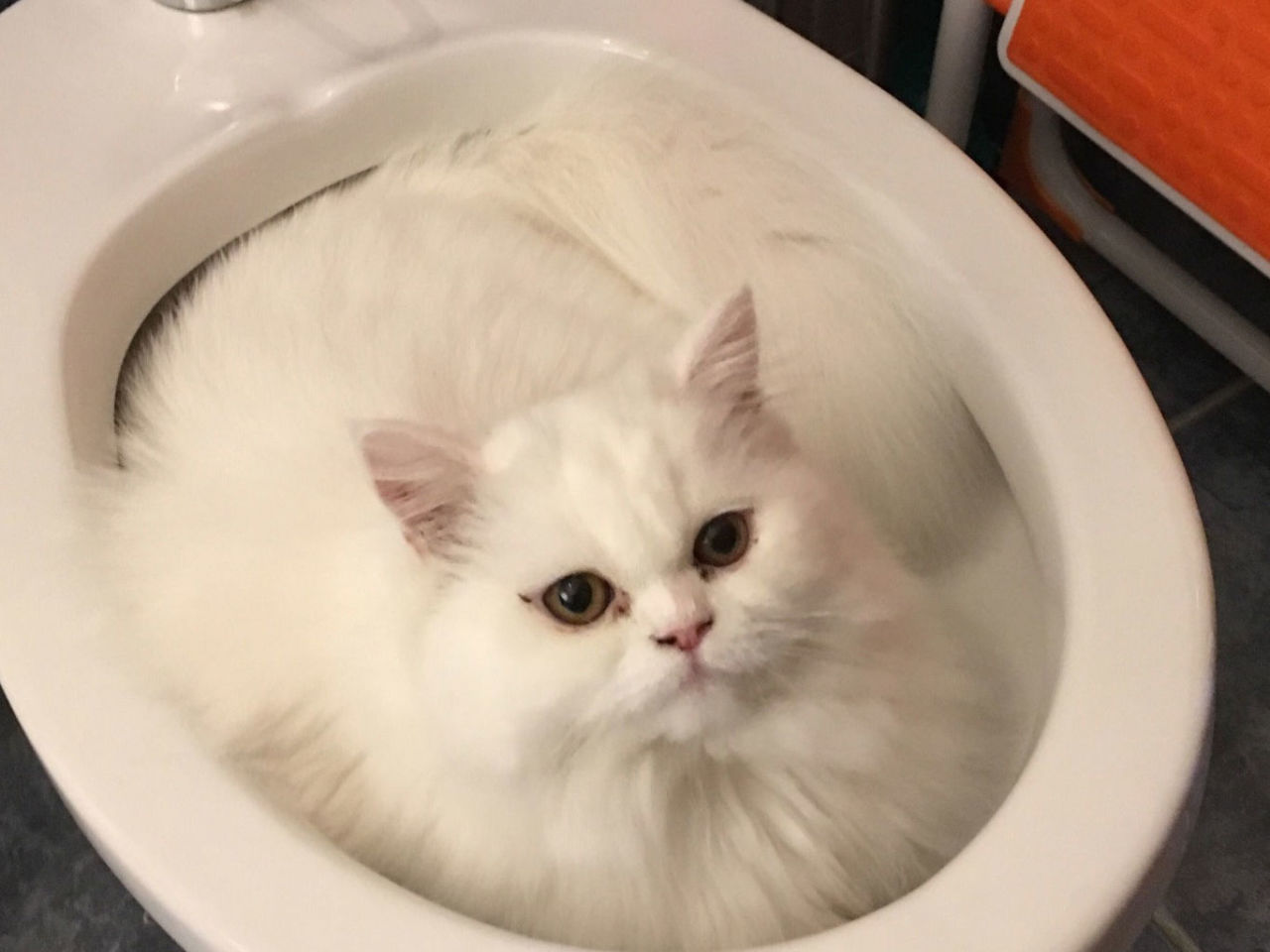The Consequences of Flushing Cat Poop Down Your Toilet - Safeguard Your Plumbing
The Consequences of Flushing Cat Poop Down Your Toilet - Safeguard Your Plumbing
Blog Article
We've encountered this great article involving How to Dispose of Cat Poop and Litter Without Plastic Bags directly below on the internet and concluded it made perfect sense to share it with you over here.

Intro
As feline owners, it's essential to be mindful of how we get rid of our feline buddies' waste. While it might seem convenient to flush feline poop down the toilet, this technique can have destructive effects for both the atmosphere and human health.
Ecological Impact
Flushing cat poop introduces hazardous microorganisms and parasites right into the water system, presenting a considerable danger to water environments. These contaminants can negatively impact marine life and concession water quality.
Wellness Risks
Along with ecological concerns, purging cat waste can additionally present health threats to humans. Pet cat feces may consist of Toxoplasma gondii, a parasite that can cause toxoplasmosis-- a possibly extreme illness, particularly for expecting females and individuals with weakened immune systems.
Alternatives to Flushing
Luckily, there are much safer and a lot more accountable ways to deal with pet cat poop. Take into consideration the adhering to options:
1. Scoop and Dispose in Trash
The most usual technique of dealing with pet cat poop is to scoop it into a biodegradable bag and throw it in the trash. Make sure to make use of a devoted trash inside story and take care of the waste promptly.
2. Usage Biodegradable Litter
Select biodegradable cat trash made from products such as corn or wheat. These clutters are environmentally friendly and can be safely taken care of in the garbage.
3. Bury in the Yard
If you have a yard, consider burying feline waste in a marked location away from vegetable yards and water resources. Make certain to dig deep enough to avoid contamination of groundwater.
4. Install a Pet Waste Disposal System
Purchase a pet dog garbage disposal system especially designed for pet cat waste. These systems use enzymes to break down the waste, lowering smell and ecological influence.
Verdict
Accountable pet ownership extends past supplying food and shelter-- it likewise entails correct waste monitoring. By avoiding flushing cat poop down the toilet and opting for alternate disposal techniques, we can minimize our ecological footprint and secure human health and wellness.
Why Can’t I Flush Cat Poop?
It Spreads a Parasite
Cats are frequently infected with a parasite called toxoplasma gondii. The parasite causes an infection called toxoplasmosis. It is usually harmless to cats. The parasite only uses cat poop as a host for its eggs. Otherwise, the cat’s immune system usually keeps the infection at low enough levels to maintain its own health. But it does not stop the develop of eggs. These eggs are tiny and surprisingly tough. They may survive for a year before they begin to grow. But that’s the problem.
Our wastewater system is not designed to deal with toxoplasmosis eggs. Instead, most eggs will flush from your toilet into sewers and wastewater management plants. After the sewage is treated for many other harmful things in it, it is typically released into local rivers, lakes, or oceans. Here, the toxoplasmosis eggs can find new hosts, including starfish, crabs, otters, and many other wildlife. For many, this is a significant risk to their health. Toxoplasmosis can also end up infecting water sources that are important for agriculture, which means our deer, pigs, and sheep can get infected too.
Is There Risk to Humans?
There can be a risk to human life from flushing cat poop down the toilet. If you do so, the parasites from your cat’s poop can end up in shellfish, game animals, or livestock. If this meat is then served raw or undercooked, the people who eat it can get sick.
In fact, according to the CDC, 40 million people in the United States are infected with toxoplasma gondii. They get it from exposure to infected seafood, or from some kind of cat poop contamination, like drinking from a stream that is contaminated or touching anything that has come into contact with cat poop. That includes just cleaning a cat litter box.
Most people who get infected with these parasites will not develop any symptoms. However, for pregnant women or for those with compromised immune systems, the parasite can cause severe health problems.
How to Handle Cat Poop
The best way to handle cat poop is actually to clean the box more often. The eggs that the parasite sheds will not become active until one to five days after the cat poops. That means that if you clean daily, you’re much less likely to come into direct contact with infectious eggs.
That said, always dispose of cat poop in the garbage and not down the toilet. Wash your hands before and after you clean the litter box, and bring the bag of poop right outside to your garbage bins.
https://trenchlesssolutionsusa.com/why-cant-i-flush-cat-poop/

I hope you enjoyed reading our part about How to Dispose of Cat Poop and Litter Without Plastic Bags. Many thanks for taking time to read our blog post. Sharing is nice. You won't know, you may be helping someone out. I take joy in reading our article about How to Dispose of Cat Poop and Litter Without Plastic Bags.
Schedule Your Job Now Report this page